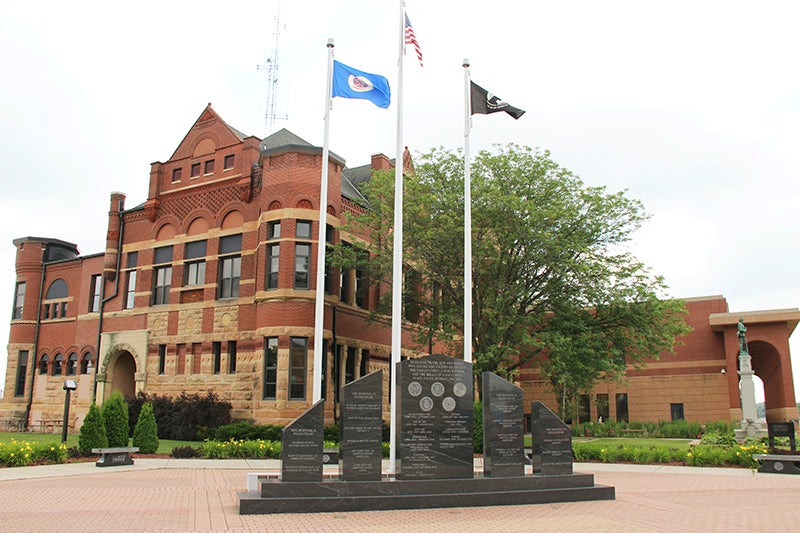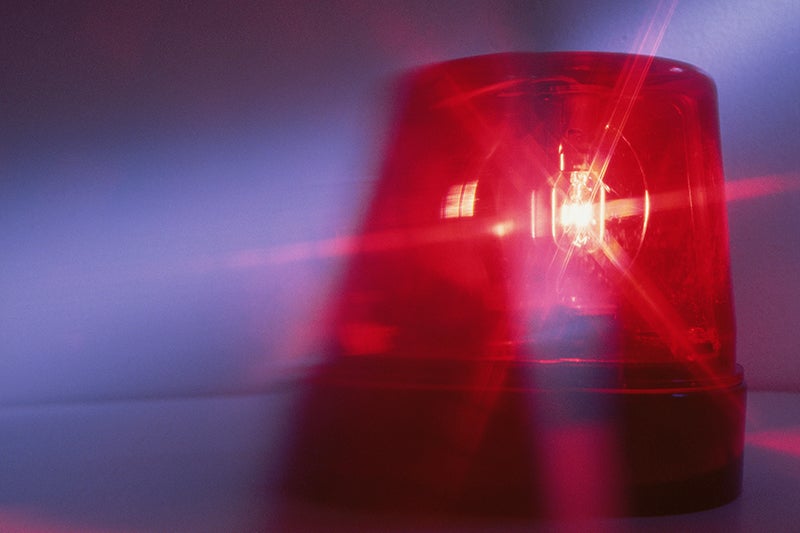A.L. firefighters beat record
Published 9:39 am Thursday, June 5, 2008
Five members of the Albert Lea Fire Department beat a state record Saturday during the team relay portion of the Midwest Regional Firefighter Combat Challenge Championships in Sioux Falls, S.D.
Their completion time of 1:35 was also enough for the team to place fourth overall in their category.
“It’s extremely hard,” team captain Kurt Wallace said of the competition. “It shows the rigors of the job of firefighting.”
Wallace — who has participated in the individual portion of the Firefighter Combat Challenge for several years with much success — was the team captain for firefighters Trevor DeRaad, Doug Johnson, Brett Boss and Dennis Glassel.
During each of the competitions, team members wear full firefighter “bunker” gear, including a self-contained breathing apparatus, protective clothing, helmets, gloves and boots — weighing as much as 45 pounds.
They perform a linked series of five tasks including climbing a five-story tower, hoisting, chopping, dragging hoses and rescuing a life-sized dummy.
Each firefighter completes a portion of the race and then passes off to their fellow firefighters for the rest.
The tasks test the physical demands of real-life firefighting. It’s as if they are doing a forcible entry, running up stairs, carrying a hose or carrying a victim out of a burning building.
In this past round of the competition, the group’s best time was four seconds faster than a previous state record set by some St. Paul firefighters. And because the team showed they were up to the challenge at hand, they will now be traveling to Las Vegas for the World Firefighter Combat Challenge in November.
Glassel said team members performed the task that best fit their abilities and body type, and it seemed to work out well.
The Firefighter Combat Challenge was created in 1976 after researcher Paul Davis and his colleagues at the University of Maryland created a series of tests to measure firefighter fitness.
After noting how competitive the firefighters were during the tests, Davis decided to create the competition.
In the ’90s, the challenge became a benchmark event for competitive fire units to track their prowess against others nationwide.





